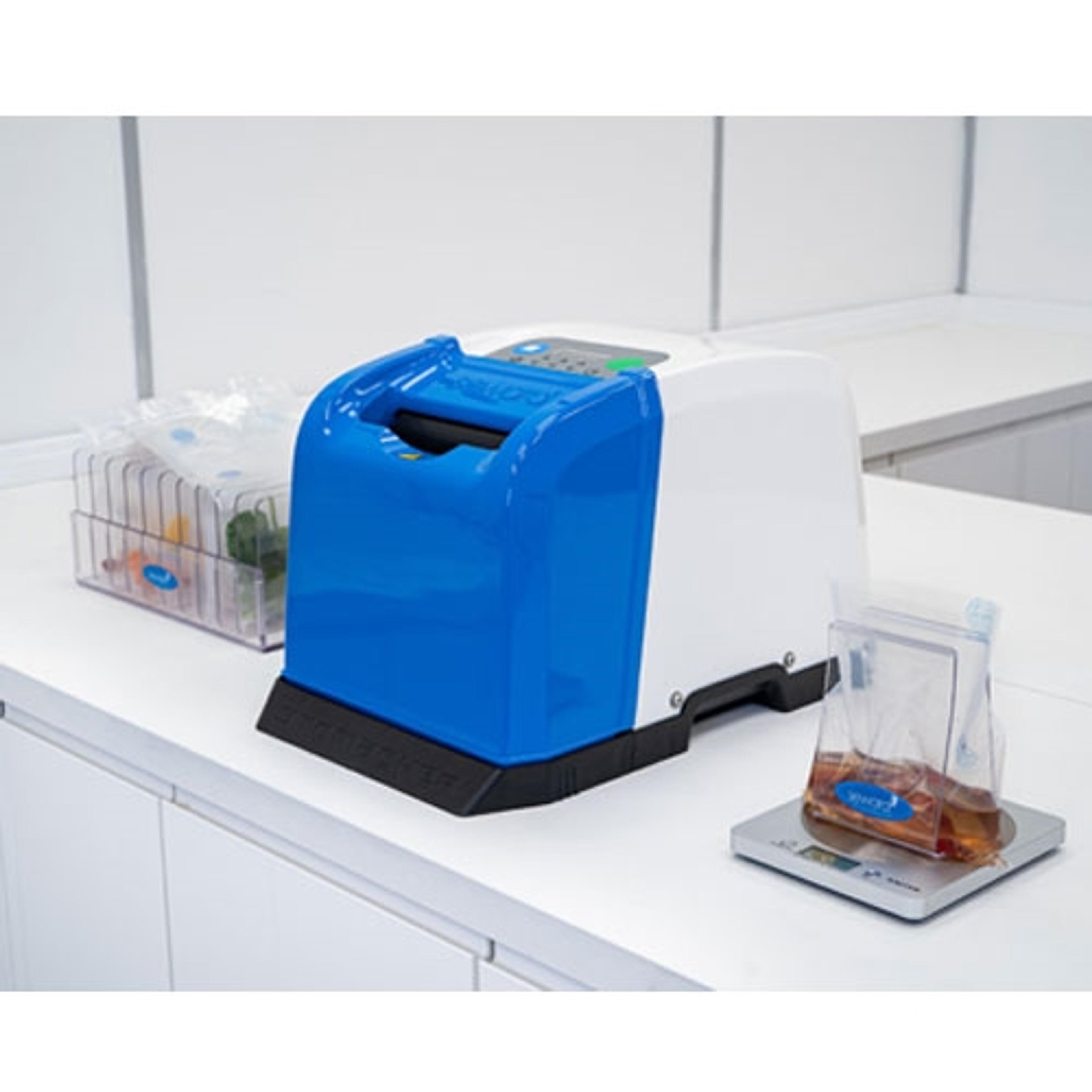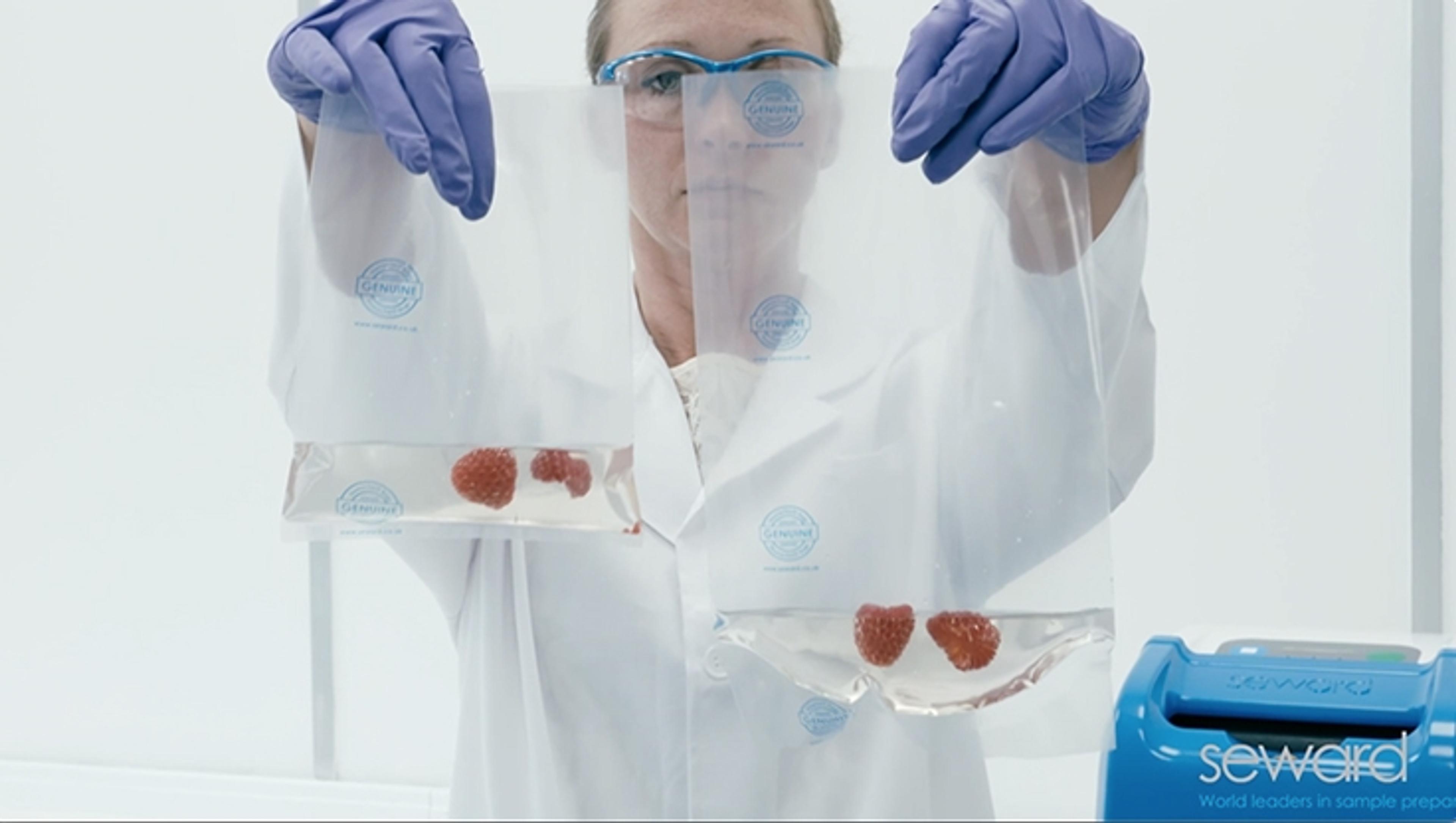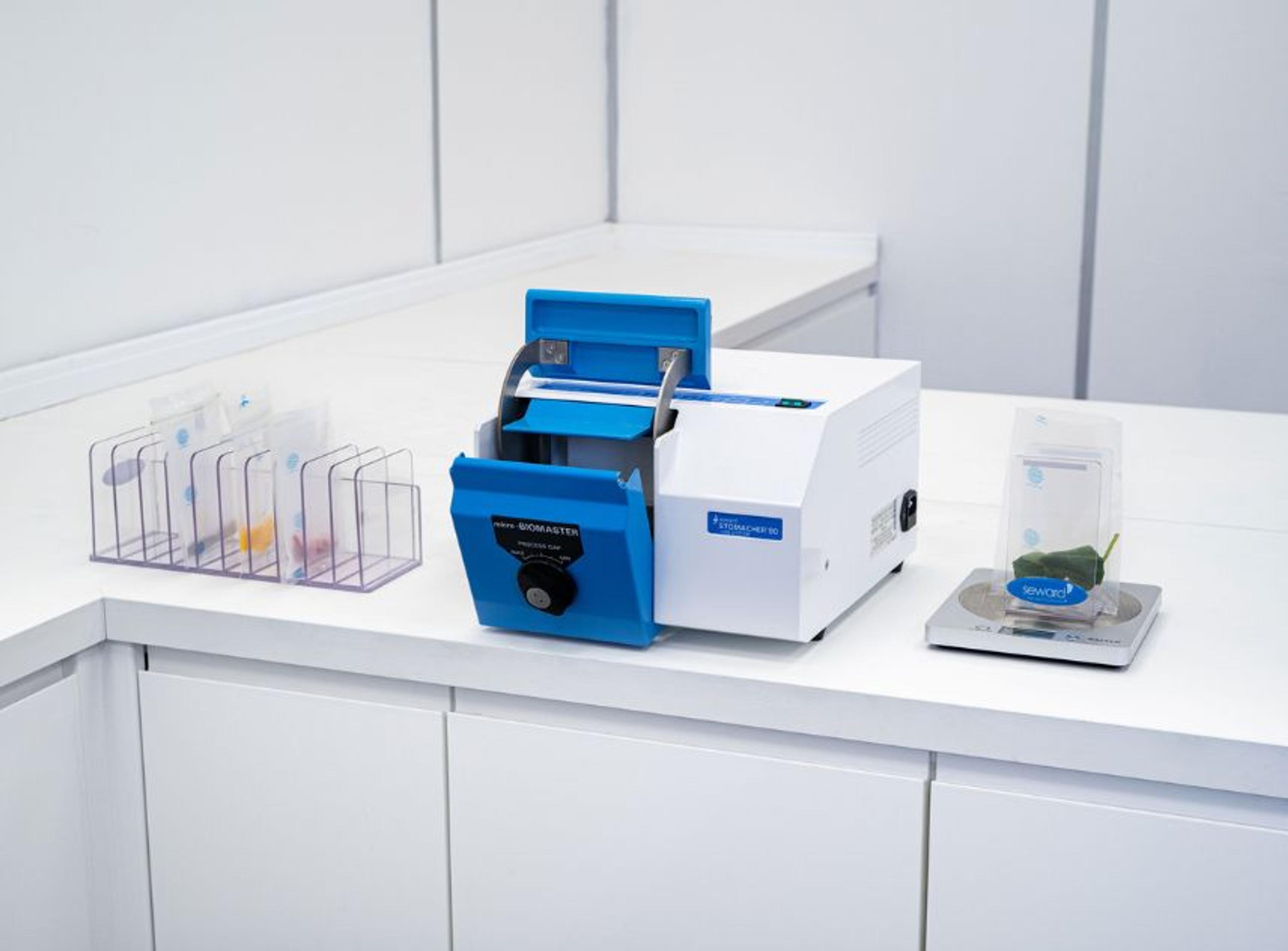No antibiotics, ever
Seward Ltd. highlights the ongoing struggle with antibiotic resistance and the steps to regulate antibiotic use in farming and agriculture
22 Apr 2024
The phenomenon of antibiotic resistance has been a growing concern for human health since the 1980s. This demand, which has become an acronym, NAE (No Antibiotics Ever), has the potential to be a paradigm changer for animal husbandry and a clarion call from consumers around the world.
For many decades antibiotics have been used in agriculture to improve health and to increase the growth rate of poultry and other farm animals for commercial reasons. The indiscriminate use of antibiotics in this way has raised concerns about the effect it has on the speed at which common human disease causing bacteria are developing antibiotic resistance.
Stomacher lab blenders
Stomacher® lab blenders, in particular the Stomacher® 400, Stomacher® 400 EVO, Stomacher® 80 and Stomacher® bags have been at the forefront of much of the development and survey work in this field. Stomacher sample prep systems are highly referenced in published papers surrounding antibiotic resistance and research into alternative methods of managing animal health.
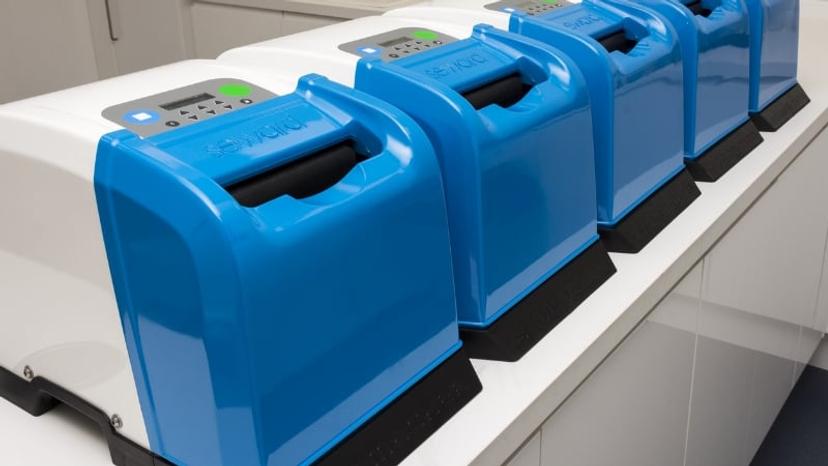
Stomacher® 400 EVO set of five units in the lab
Laws and regulations
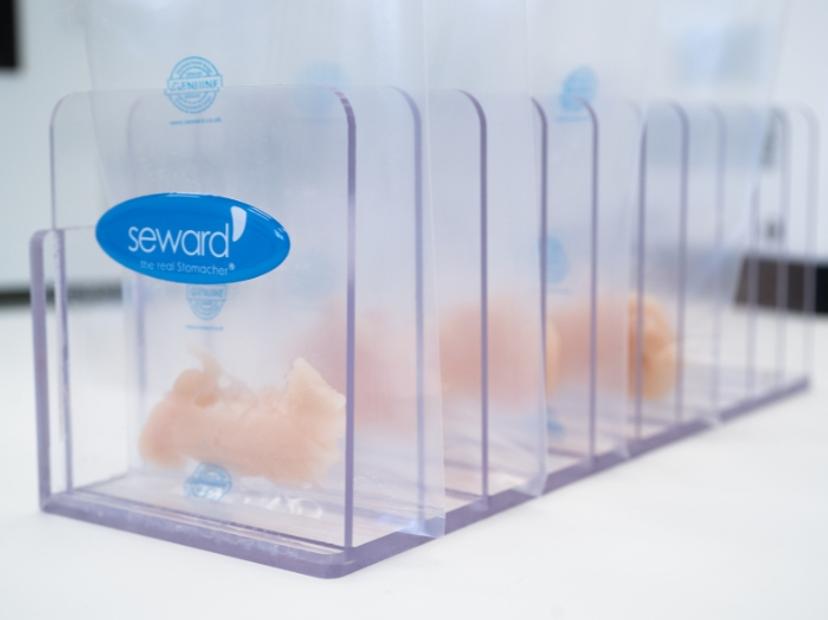
Chicken meat samples prepared for pathogen testing in Stomacher® bag rack
The Centre for Disease Control and Prevention (CDC) considers antibiotic resistance a national threat and the US Food and Drug Administration (FDA) has taken steps to regulate antibiotic use in poultry. The National Antimicrobial Resistance Monitoring System (NARMS) in the USA, has launched a survey of the presence of antibiotic resistant campylobacter in broiler chicken flocks.
The USA has introduced a ban on certain classes of antibiotics critical for human health (such as fluoroquinolones in 2005) and guidelines have been established for responsible antibiotic use in poultry, including proper dosage, duration, and withdrawal times before slaughter. Despite this, there is still significant antibiotic use in US poultry, though less than historically. There are demands for stricter regulations and alternatives to antibiotics. However, the pressure exists to continue with conventional practices because of the importance of antibiotics for animal health and the prevention of foodborne illness.
Similar concerns exist in the European Union. Since January 2022, the EU banned all forms of routine and preventative antibiotic use in farms. This includes using antibiotics in animal feed or water to promote growth or prevent illness in healthy animals. Antibiotic use is now strictly for therapeutic purposes, meaning they can only be administered to treat individual sick animals under veterinary supervision. The regulations emphasize improving animal husbandry practices (housing, hygiene, and feed) to reduce the need for antibiotics in the first place.
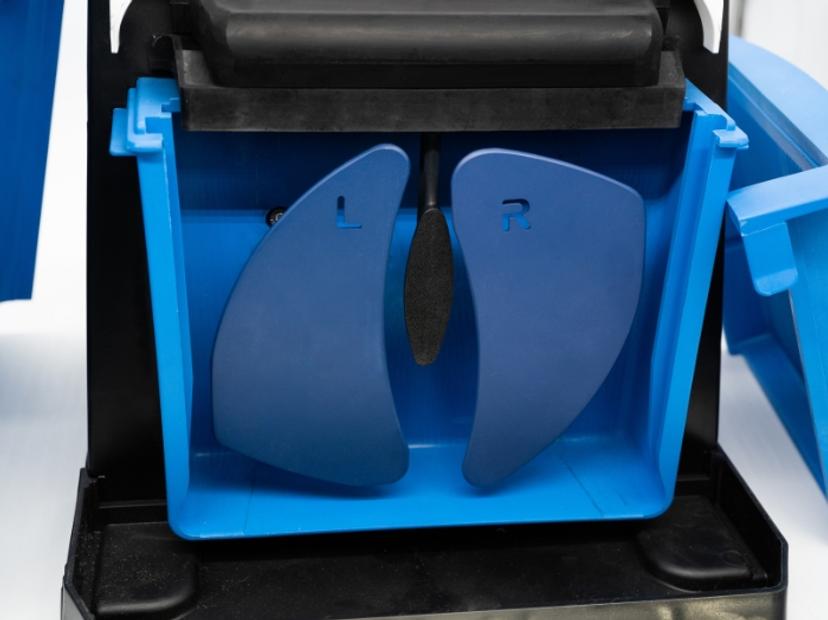
Stomacher® 400 EVO stripped down for cleaning
The UK has adopted a middle ground between the EU and USA. While the EU implemented a significant ban on routine antibiotic use in farms in January 2022, no ban has been introduced in the UK. Despite this the UK has seen a notable decrease in antibiotic use in farm animals through UK initiatives. In fact figures show a 55% reduction since 2014, making the UK one of the lowest users of antibiotics in Europe for agriculture.
The UK government has a five-year action plan on antimicrobial resistance, which included aligning with the EU on antibiotic use in veterinary medicines. However, as of April 2024, there have not been any concrete steps towards replicating the EU's ban.
Antibiotic alternatives
Alternatives to antibiotics to improve animal health and welfare have been researched including the use of feeds to improve the microbiome. Enterococcus Faecium has been applied as a probiotic in broiler chickens and has shown promising results in survivability and growth rates. Microbiome manipulation holds promise for a sustainable and healthy approach to poultry production and could further reduce reliance on antibiotics.
While there is no definitive evidence that NAE meat is healthier for humans than conventionally raised meat consumers may prefer NAE products for personal reasons, such as concerns about antibiotic resistance or animal welfare. Ultimately it seems likely that consumer choice will drive change as much as regulation already has.
This article was written by Stuart Ray, Technical Director at Seward Ltd.

